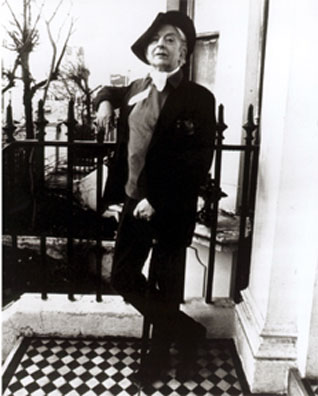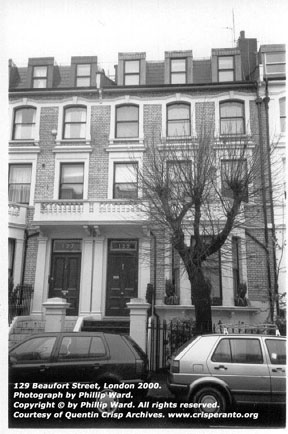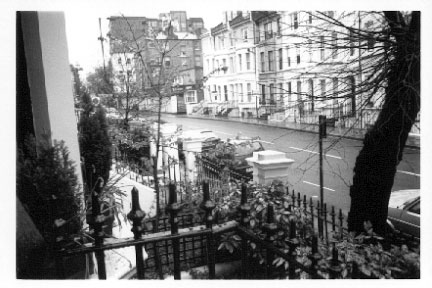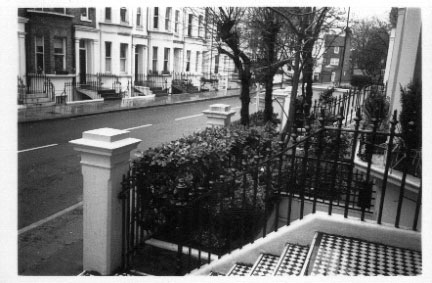|
|
|
THE QUENTIN CRISP ARCHIVES
| A CRISP BIBLIOGRAPHY |
BOOKS: A BIBLIOGRAPHY
| Although Quentin was seen as a "personality's personality," his utterly distinct views of life were embodied in what some of his friends and followers now refer to as his "Crisperanto" philosophy. And those views are best expressed in his writings.
Quentin attracted a modicum of fame first in England, and then, upon the publication of his 1968 autobiography — and especially the subsequent 1975 BBC film of — The Naked Civil Servant, he became famous internationally. To this day, the book remains vital reading for anyone who has felt even a twinge of differentness inside. The Quentin Crisp Archives is compiling a comprehensive bibliography of the works by and about Quentin Crisp. Mr. Crisp's books have appeared in many editions, translations and adaptations, and are well documented and accounted for. However, his freelance journalism, interviews and guest appearances, which span many decades and several continents, have not been documented. His paintings, drawings, and illustrations are many, yet Mr. Crisp's work as a graphic artist have been neglected and fallen by the roadside, and barely documented. Quentin Crisp's career as an artist's model is documented in his autobiography, The Naked Civil Servant, yet written and photographic documentation of his life's experience as a model does not exist. For instance, Mr. Crisp's infamous room was at 129 Beaufort (seen in the photograph on the left). Research drawn from many sources, including the personal effects and papers which comprise The Quentin Crisp Archives, has begun. But in order to bring all his work together and share it more fully with the rest of the world, the Quentin Crisp Archives asks you, the world, to assist in this adventure. Please send the Quentin Crisp Archives any information, articles, or any items which may help the Archives pull together this unique and important history. Please contact Phillip Ward (mrward [@] crisperanto.org) for further information. Quentin Crisp's bibliography is a fine read to learn more about books by or about him. Also read NEWS to read more on "all things" Quentin Crisp. Several books have been published in the last few years that you may want to find and read: QPB Triangle Classics's omnibus editon of three of Quentin Crisp's books appeared in 1999; The Stately Homo by Paul Bailey; and Tim Fountain's Outlines: Quentin Crisp. Also, published in Germany only, Richard Connolly has edited Quentin Crisp: I'm An Englishman in New York. Then there is Andrew Barrow's Quentin and Philip, which is a book about the friendship between Quentin Crisp and Philip O'Connor, and with Mr. Barrow. On November 21, 2017, Quentin Crisp's last book was published by MB Books and titled The Last Word: An Autobiography. It was the 18th anniversary of Mr. Crisp's death. The original book was to be titled Dusty Answers, but the manuscript's length required the book to be broken into two volumes. On December 25, 2017, Quentin Crisp's 110th birthday, Mr. Ward and MB Books announced the publication of the second book, And One More Thing. This volume contains many musings, as well the collected poetry by Mr. Crisp, and the final edition of his one-man show An Evening with Quentin Crisp. This is the version he would have performed at the time of his passing. Please check back here for the latest details! Click for The Latest News! |
Photograph copyright © Jean Harvey. All rights reserved. Used by permission.
129 Beaufort Street, London, photographs copyright © Phillip Ward. All rights reserved.


Site Copyright © 1999–2019 by the Quentin Crisp Archives
All rights reserved.




